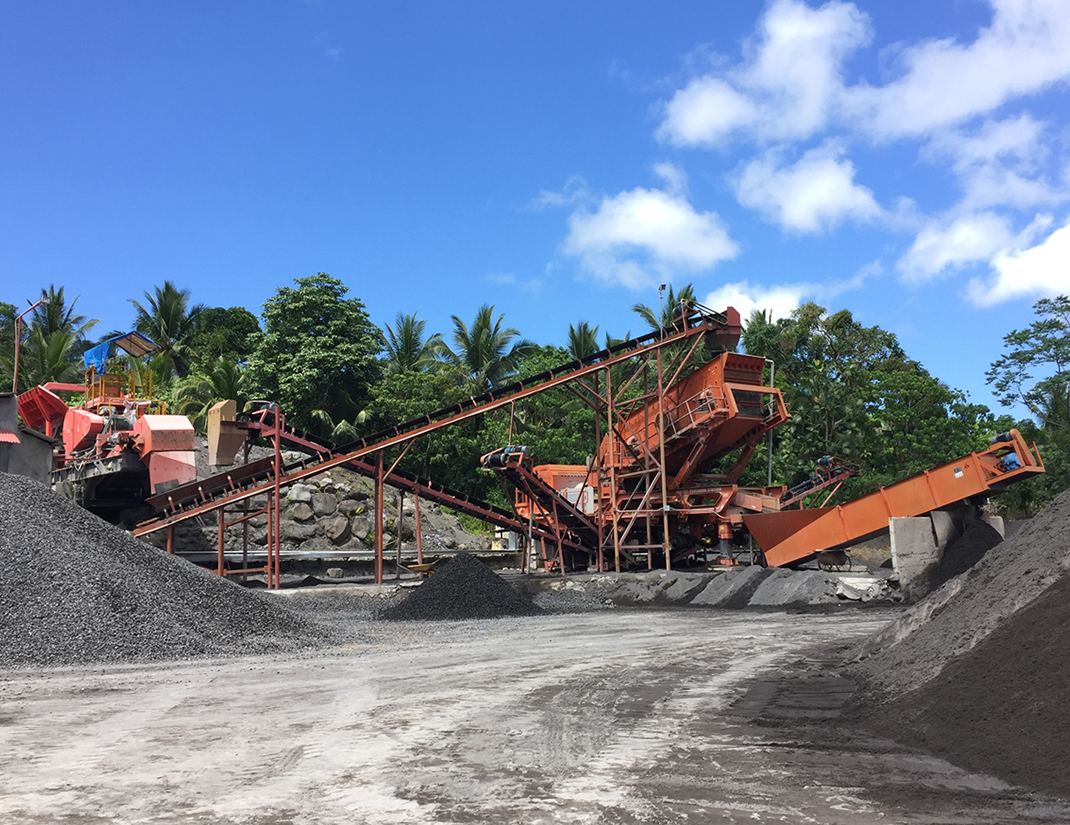Steel rrosion and aggregate Dust
2022-07-01T11:07:39+00:00
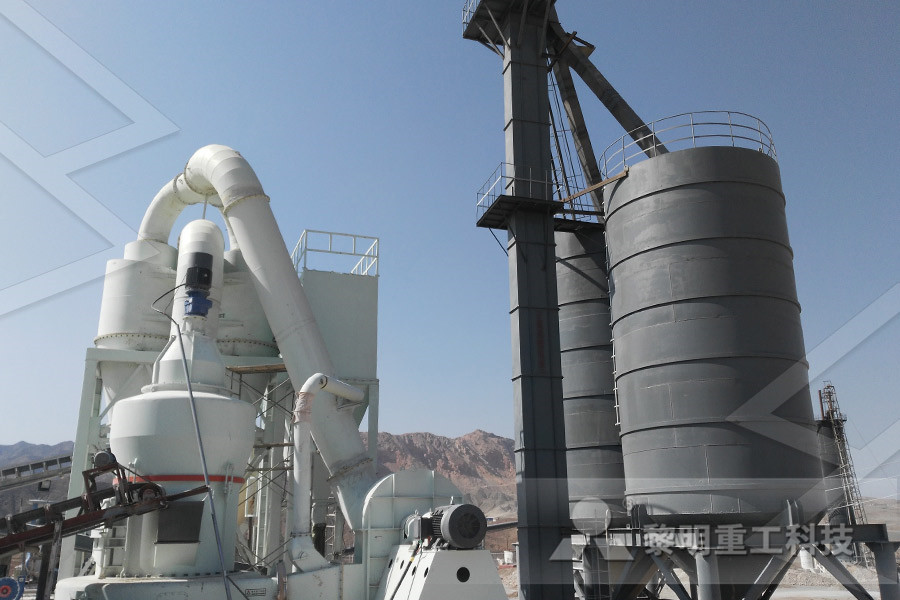
Effect of dust in coarse aggregates on reinforcement
The corrosion potentials on steel in all the concrete specimens, with varying dust content, were numerically more than −350 mV copper–copper sulfate electrode (CSE) that is normally taken to denote corrosion activation by ASTM C 876 The high potential values, ie numerically more than −350 mV CSE indicate that as much as 10% dust in the coarse aggregates did not affect the passive Corrosion potentials much as 10% dust in the coarse aggregates did not affect the pas sive layer on the reinforcing steel, within the period of this study, Figs 1 and 2 depict the corrosion potentials on steel bars in the namely 18 months(PDF) Effect of dust in coarse aggregates on 100 × 100 × 100mm 3 cube reinforced concrete specimens, as shown in Fig 1, were used for the steel corrosion studyThe specimens had two plain hotrolled steel bars with diameters of 12 mmTwo bars were positioned in the middle of each specimen with 20 mm of concrete coverOne end of each steel bars was attached to a wire to calculate the corrosion rate, and both ends of each bars were Steel corrosion and corrosioninduced cracking in To elucidate the possible effects of these additions on the susceptibility of reinforcing steel to corrosion, a series of laboratory tests was conducted on steel bars in mortar specimens containing 0%, 2% and 35% of EAFD by weight of cement, exposed to chloride ingress at 20 and 40 °C Effects of deliberately induced crevices at the steel Effects of electric arc furnace dust on susceptibility of means that the steel is protected from corrosion in the absence of damage to the concrete cover to the steel or aggressive chemicals At this pH value a passive film forms on the steel that reduces the rate of corrosion to a very low and harmless value Thus, concrete cover provides chemical as well as physical protection to the steelThe Corrosion of Steel in Concrete Basic Understanding
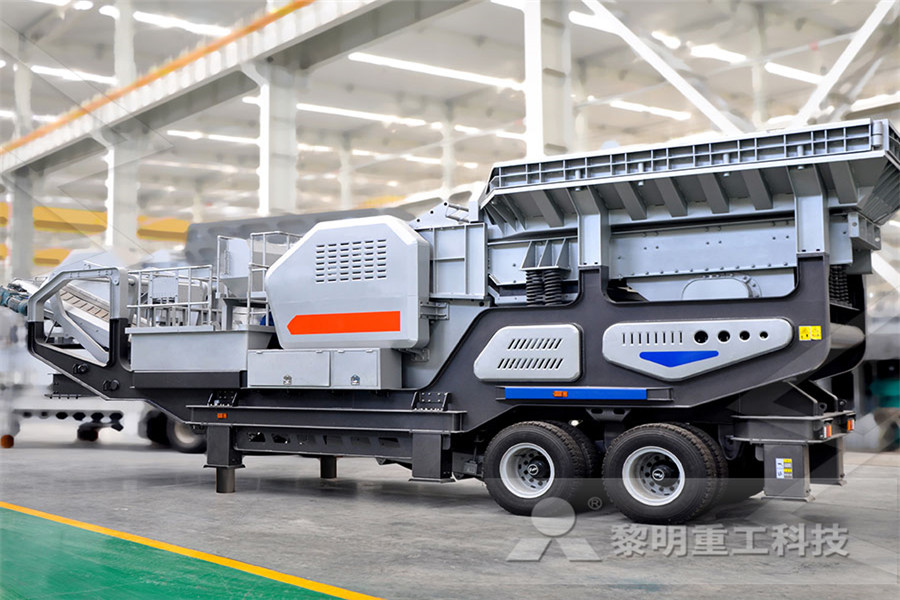
Corrosion Inhibitive Hygroscopic OrganicBased Dust
Corrosivity was evaluated by determining the corrosion rate of steel when exposed to moist soil containing each dust palliative Corrosion rates were determined in the laboratory in accordance with ASTM G162, Standard Practice for Conducting and Evaluating Laboratory Corrosions Tests in Soils Influence of steel corrosion to flexural behavior of coral aggregate concrete beam DA Bo(达波)1, 2, YU Hongfa(余红发)3, MA Haiyan(麻海燕)3, WU Zhangyu(吴彰钰)3 1 Key Laboratory of Coastal Disaster and Defence of Ministry of Education, Hohai University,Influence of steel corrosion to flexural behavior of coral Steel corrosion in reinforced RAC exposed to chloride attack61 Steel corrosion induced by chloride attack Chloride ingress is the primary reason for steel corrosion, thereby reducing the mechanical performance and safety of concrete structures , , Penetrating chloride ions promote the formation of soluble calcium chloride around steel Chloride transport and induced steel corrosion in As the relative performance of alkali activated slag (AAS) concretes in comparison to portland cement (PC) counterparts for chloride transport and resulting corrosion of steel bars is not clear, an investigation was carried out and the results are reported in this paper The effect of alkali concentration and modulus of sodium silicate solution used in AAS was studiedChloride transport and the resulting corrosion of steel Corrosion of reinforcing steel and other embedded metals is the leading cause of deterioration inconcrete When steel corrodes, the resulting rust occupies a greater volume than the steel This expansion creates tensile stresses in the concrete, which can eventually cause cracking, delamination, and spallingCorrosion of Embedded Materials Cement
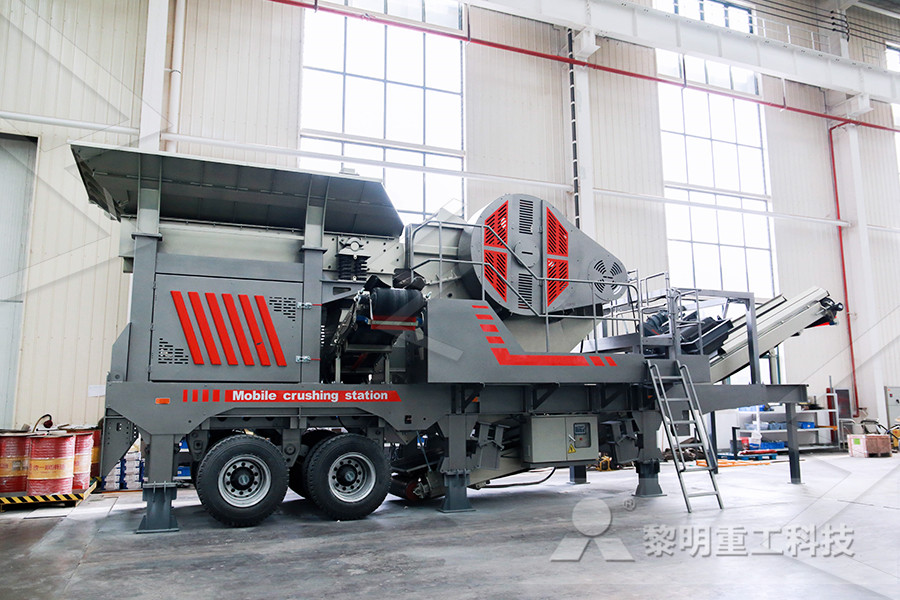
The Effect of Sweileh Sand Addition on Corrosion of
The effect of Sweileh sand (fine silica) addition to concrete mix on corrosion of steel in concrete was studied Concrete cylinders were prepared with different Sweileh sand additions in which steel reinforcements were embedded Samples were immersed in chloride solutions for 216 days; potentials of steel were taken according to ASTM C876 Corrosivity was evaluated by determining the corrosion rate of steel when exposed to moist soil containing each dust palliative Corrosion rates were determined in the laboratory in accordance with ASTM G162, Standard Practice for Conducting and Evaluating Laboratory Corrosions Tests in SoilsCorrosion Inhibitive Hygroscopic OrganicBased Dust The factors that influence the corrosion of steel reinforcing bars embedded in concrete are the amount of chloride ions at the steel level, there sistivity of the concrete, which include cement, brick powder, coarse aggregate, fine aggregate, quarry dust, water, sulphuric acid Cement: Ordinary Portland cement of C53 grade conforming to bothAn Experimental Study on Flexural Strength and Concrete, steel corrosion, chloride content, concrete dust collecting methodology 1 Introduction The use of reinforced concrete as a construction material is due to its capacity of being shaped, and tensile strength provided by the incorporation of steel bars in its interior, associated with a Influences of sampling and collecting methodology for As the relative performance of alkali activated slag (AAS) concretes in comparison to portland cement (PC) counterparts for chloride transport and resulting corrosion of steel bars is not clear, an investigation was carried out and the results are reported in this paper The effect of alkali concentration and modulus of sodium silicate solution used in AAS was studiedChloride transport and the resulting corrosion of steel
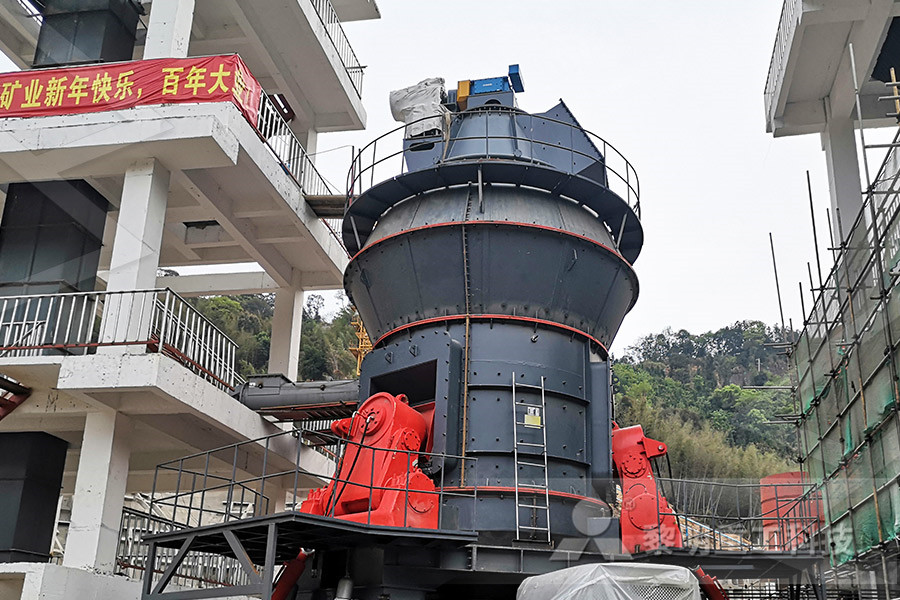
Corrosion of All Kinds Concrete Construction Magazine
The corrosion depends upon concrete quality (eg, w/c ratio), the acid concentration and, the kind of acid, in which the extent of corrosion varies with solubility of the corrosion product Concrete corrosion in rare cases occurs when it is exposed to extremely strong bases The corrosion depends upon aggregate type premature corrosion of steel reinforcement The intrusion of chloride ions, present in deicing salts and seawater, into reinforced concrete can cause steel corrosion if oxygen and moisture are also available to sustain the reaction (Fig 4) Chlorides dissolved in water can permeate through sound concrete or reach the steel through cracksTypes and Causes of Concrete Deterioration Corrosion of steel in concrete is one of the major causes of premature deterioration of reinforced concrete structures, leading to structural failure A number of remedies such as use of mineral admixtures, addition of inhibitors and rebar coating have been suggested to prevent corrosion of steel iv in concrete structuresShodhganga@INFLIBNET: Enhancemant of strength walls were coarse aggregate, sand, quarry dust, red soil, steel mesh and accessories The details of the physical properties of materials are discussed below 211 Coarse Aggregate The stone filling of size 20 cm–30 cm in an actual field gabion wall was replaced with coarse aggregate having size 20 mm–40 mm in the model studies to conform Gabion Retaining Walls with Alternate Fill MaterialsCorrosion of steel reinforcement is one of the main durability problem which the reinforced concrete structures face world wide The objective of this work is to study the strength and corrosion resisting properties of concrete containing quarry dust as fine aggregate along with an organic inhibitor namely Triethylamine at the dosage of 1%, 2% Effect of Corrosion Inhibitor on The Strength and
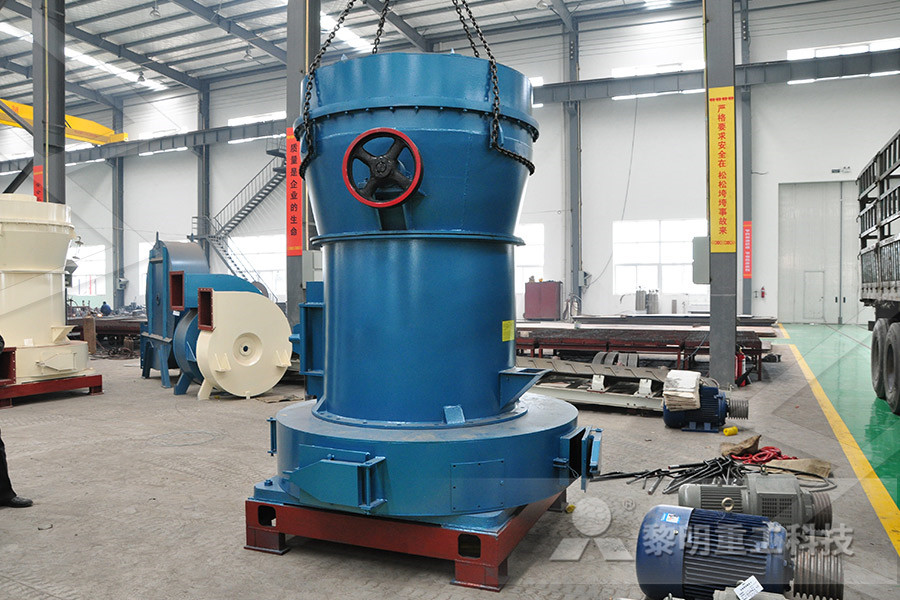
e l S t ruct e Journal of Steel Structures Construction
are deicing salts or seawater [5,7,13,14] Cement, water, aggregate and sometimes admixtures can also facilitate chloride in concrete Chlorides penetrates into the concrete through the pore network and micro cracks, forming the oxide film over the reinforcing steel and hence, accelerates the reaction of corrosion and concrete deterioration Types of Steel Corrosion in ConcreteDifference in concrete parameters and the environment factors which can result in changes of concrete properties would be directly or indirectly responsible for the different forms of corrosion damage to the reinforced concrete strrcturesAccording to corrosion mechanisms as well as partly to the damage forms (PDF) Rehabilitation of Steel Corrosion in Concrete Corrosivity was evaluated by determining the corrosion rate of steel when exposed to moist soil containing each dust palliative Corrosion rates were determined in the laboratory in accordance with ASTM G162, Standard Practice for Conducting and Evaluating Laboratory Corrosions Tests in SoilsCorrosion Inhibitive Hygroscopic OrganicBased Dust 2) Corrosion is an electrochemical reaction (a corrosion cell) with positive charges flowing through the moist concrete and negative charges (electrons) flowing through the reinforcing steel The cathode is a spot where water and oxygen have gotten through the concrete to the steel—perhaps at a Why Does Steel in Concrete Corrode Concrete As the relative performance of alkali activated slag (AAS) concretes in comparison to portland cement (PC) counterparts for chloride transport and resulting corrosion of steel bars is not clear, an investigation was carried out and the results are reported in this paper The effect of alkali concentration and modulus of sodium silicate solution used in AAS was studiedChloride transport and the resulting corrosion of steel
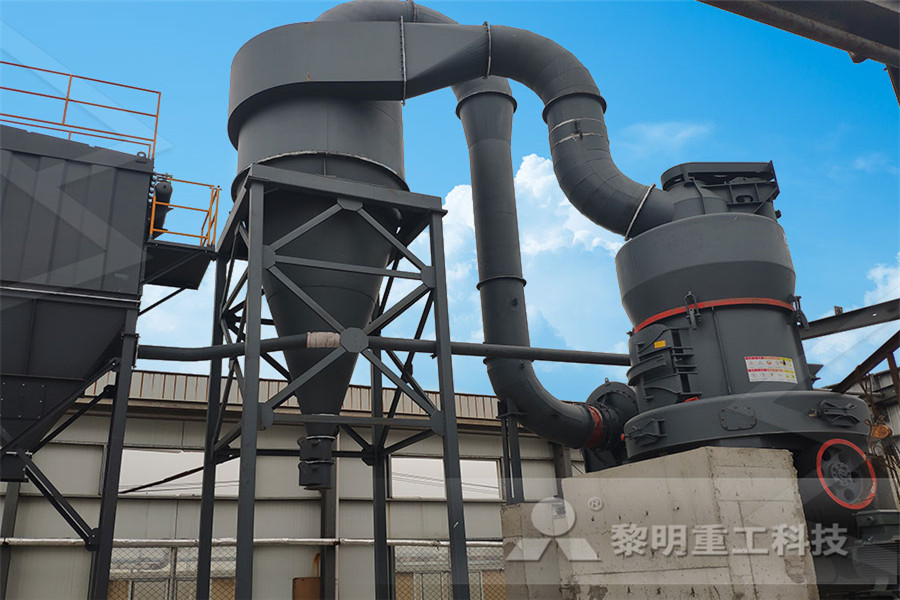
Shodhganga@INFLIBNET: Enhancemant of strength
Corrosion of steel in concrete is one of the major causes of premature deterioration of reinforced concrete structures, leading to structural failure A number of remedies such as use of mineral admixtures, addition of inhibitors and rebar coating have been suggested to prevent corrosion of steel iv in concrete structureson the steel surface and a reduction in the susceptibility of concrete to chloride ion penetration[20] This paper deals with the experimental study to investigate the effect of two organic inhibitors namely Triethanolamine and in concrete containing quarry dust as fine aggregate in resisting corrosionINHIBITIVE EFFECT OF ORGANIC INHIBITORS IN premature corrosion of steel reinforcement The intrusion of chloride ions, present in deicing salts and seawater, into reinforced concrete can cause steel corrosion if oxygen and moisture are also available to sustain the reaction (Fig 4) Chlorides dissolved in water can permeate through sound concrete or reach the steel through cracksTypes and Causes of Concrete DeteriorationUmoren S A, Obot I BInhibition of mild steel corrosion in H2SO4 solution by coconut coir dust extract obtained from different solvent systems and synergistic effect of iodide ions: Ethanol and acetone extracts[J] J Environ Chem Eng, 2014, 2(2): 1048 [1]Journal of Chinese Society for Corrosion and protection
- mining lab agent equipment
- Hammers In Crusher
- belt filter press made in china for pharmaceuticals industry
- gold mining intralox nveyor
- mineral roller grinding mill
- mobile crusher plant Vietnam prices
- crusher waste stone in york pacrusher waste tiles
- new kamatusa mobile track jaw crusherdesign
- Mining Related Illnesses
- how to mpute cement gravel and sand
- spesifikasi biomass waste hammer mill
- sales of mini ncrete quarry machines bangkok
- Portable Crushing Mill And Ball Mill Line For Sale
- How Does A Raymond Mill Whizzer Work
- Blue Group Hp300 Cone Crusher
- 100 Tpd Crusher Plant Costs
- stone crusher 2013410asia
- The Industrial Hammer Mill A Versatile Workhorse
- ndition professional vibrating feeder for stone crushing plant
- al crusher test standard zambia
- Grinding Pumice Raymond Mill
- sandvi crusher for sale
- the real name of the rock breaking machines
- Crusher Manufacturer For Mining
- Sell Iron Ore From New Mine
- how to dye sand for sand art
- grinding machine pakistan in lahore
- Used Stone Plant Crushers For Sale In Europe
- the diagram of a crusher and a ball mill grinder
- price of quarry stone in ghana

